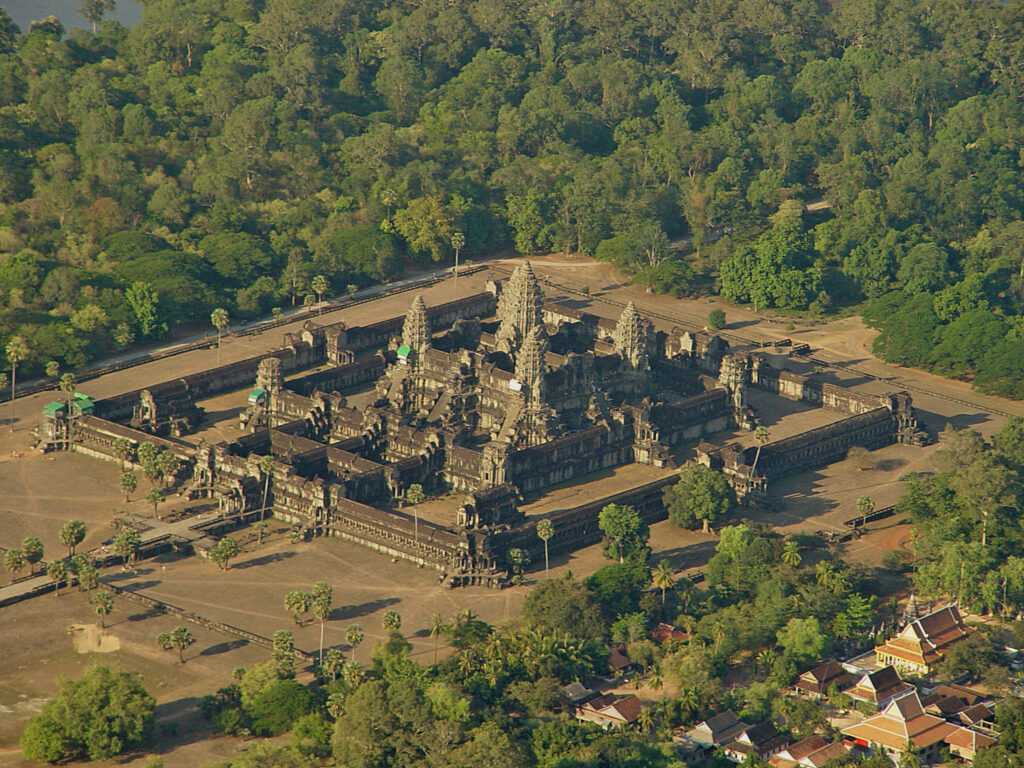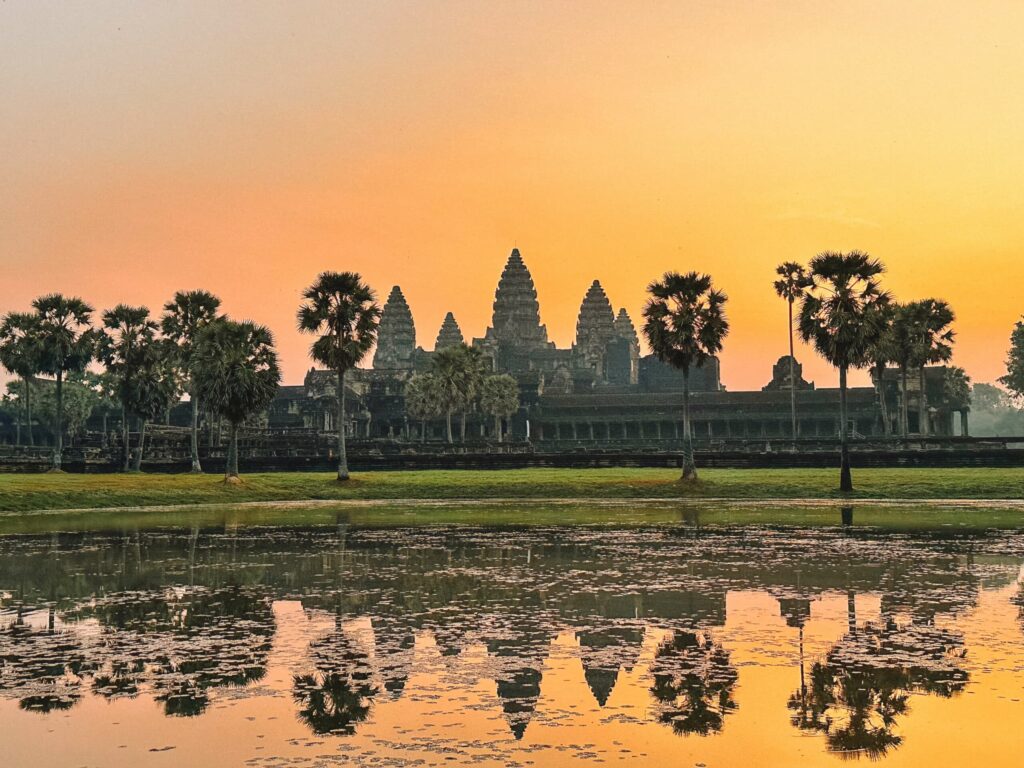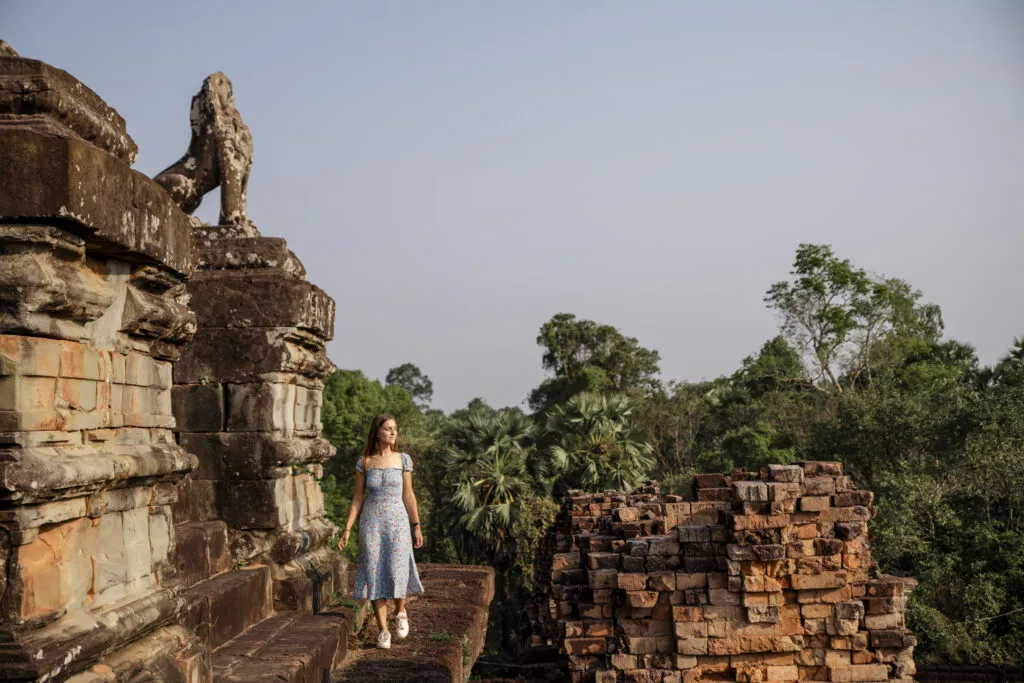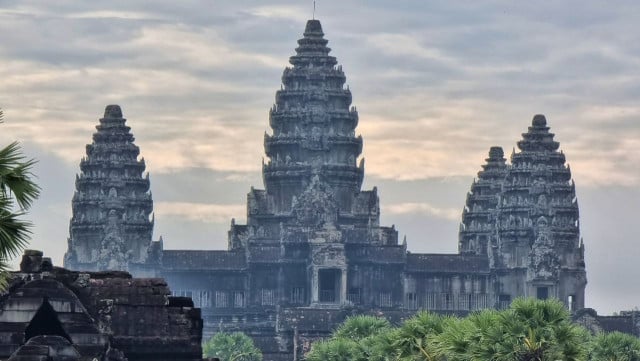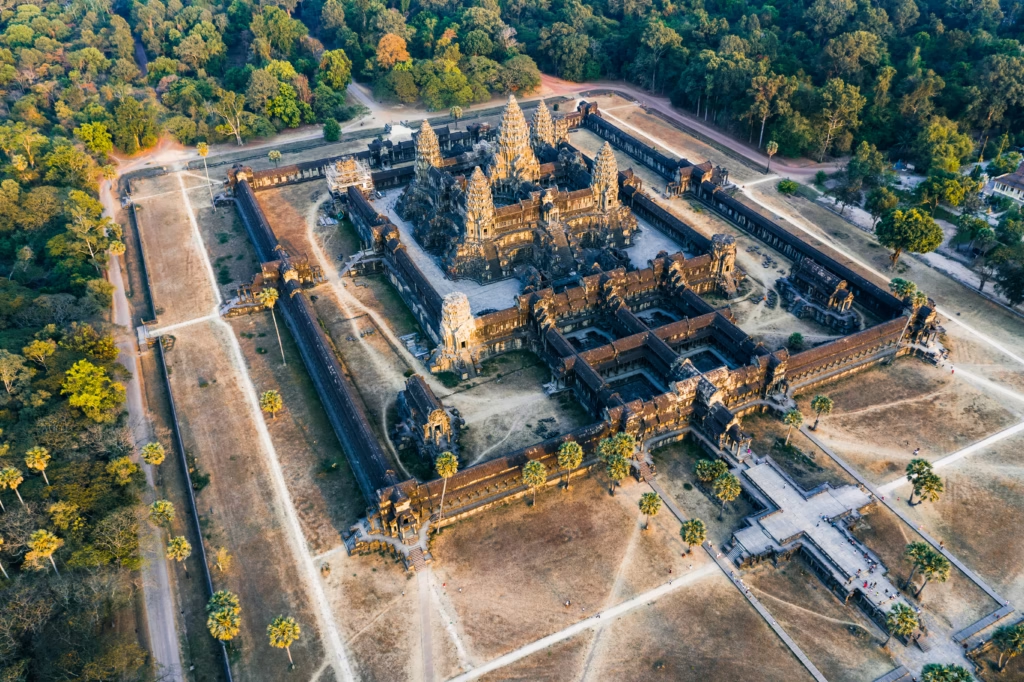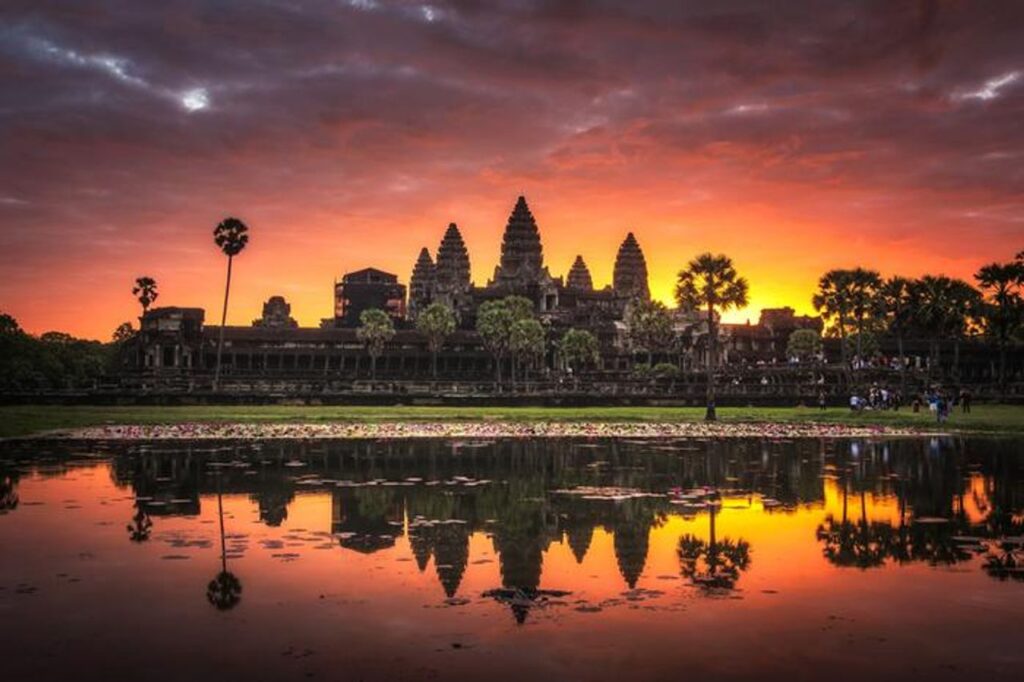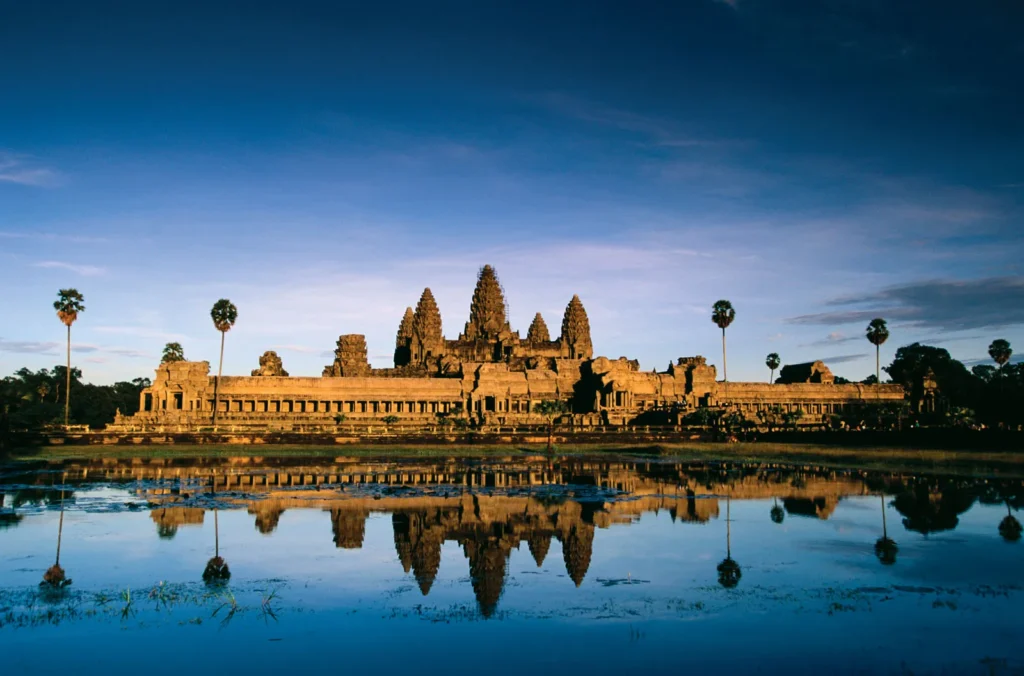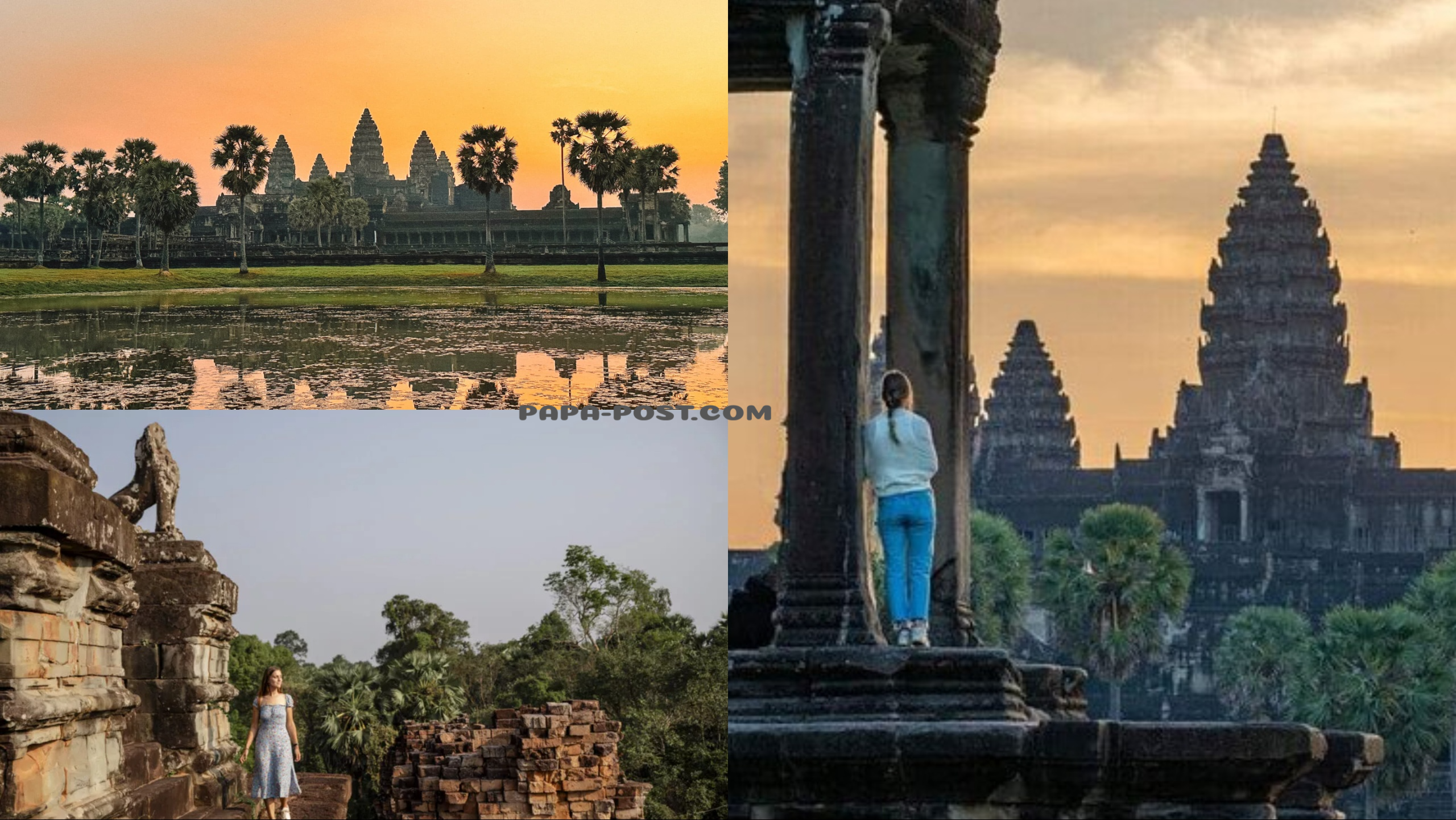Introduction
Angkor Wat, the crown jewel of Cambodia, is not just the world’s largest religious monument; it is a symbol of a nation’s spirit, culture, and history. Standing majestically in the jungles of Siem Reap, this architectural wonder is a testament to the ingenuity, devotion, and artistic brilliance of the ancient Khmer Empire. As one of the most iconic heritage sites in the world, Angkor Wat attracts millions of visitors each year who come to marvel at its grandeur, spiritual depth, and historical significance.
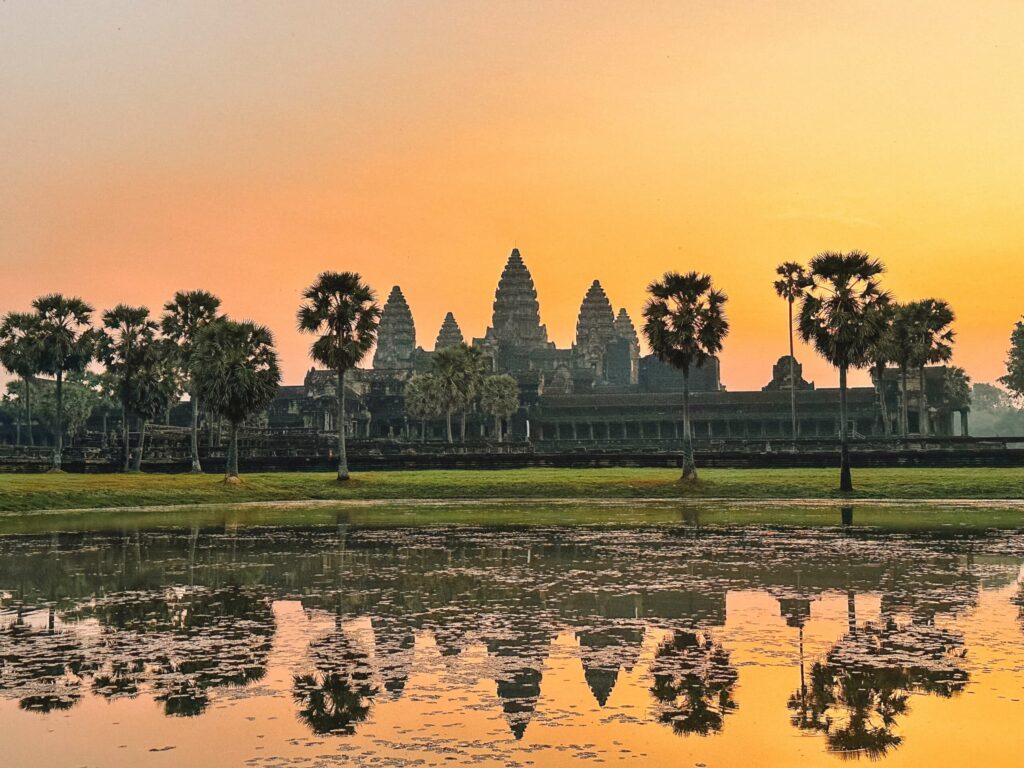
In this 3000-word exploration, we will delve into the rich tapestry of Angkor Wat’s history, its architectural genius, cultural and religious transformations, symbolism, rediscovery, preservation efforts, and its place in the modern world.
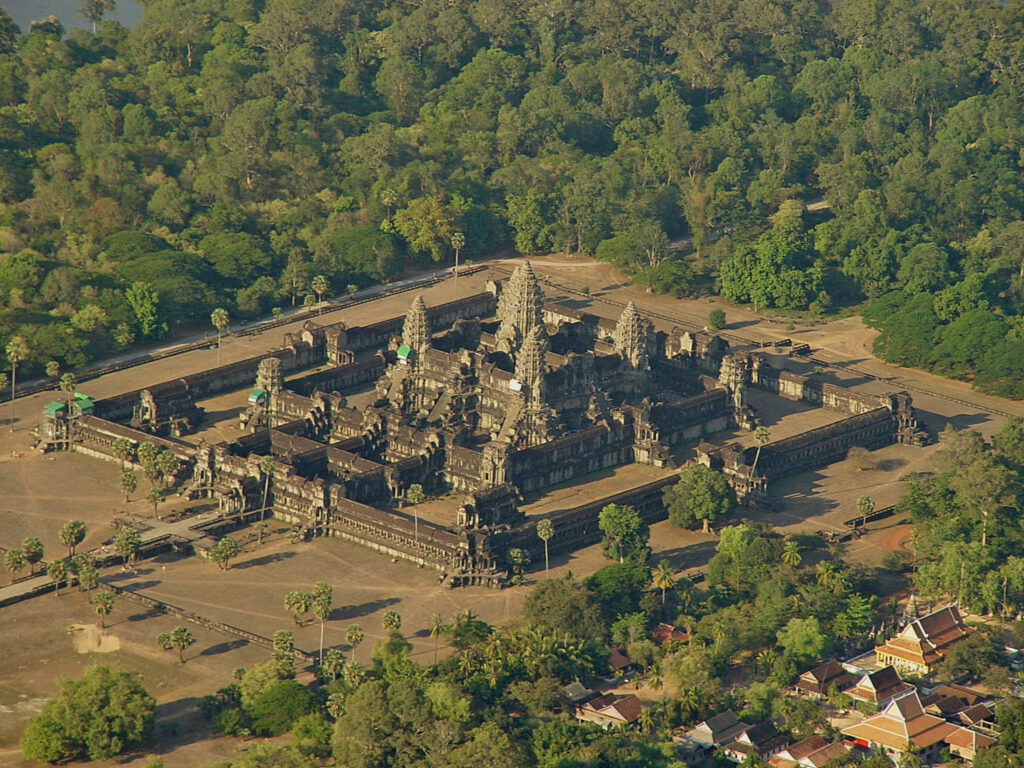
1. Historical Background of Angkor Wat
1.1. The Rise of the Khmer Empire
The Khmer Empire, which ruled much of Southeast Asia between the 9th and 15th centuries, was one of the most powerful empires in the region’s history. The capital of this empire was Angkor, and at its heart stood Angkor Wat.
Founded by King Suryavarman II in the early 12th century, Angkor Wat was originally constructed as a Hindu temple dedicated to Vishnu, the preserver god in the Hindu Trinity. It was not only a religious monument but also a symbol of the king’s divine right to rule.
1.2. Construction of Angkor Wat
The construction of Angkor Wat is believed to have begun around 1113 CE and took over 30 years to complete. The entire complex spans approximately 162 hectares (1.6 million square meters), making it the largest religious structure ever built. Unlike most Angkorian temples which face east, Angkor Wat faces west—an unusual feature that has sparked numerous interpretations, including its possible association with funerary rituals.
2. Architectural Brilliance
2.1. Layout and Design
Angkor Wat’s design reflects classical Khmer architecture and Hindu cosmology. The temple represents Mount Meru, the home of the gods in Hindu mythology. The central tower rises 65 meters (213 feet) above the ground, symbolizing the mythical mountain’s peak, surrounded by four smaller towers and a series of concentric galleries.
The structure is surrounded by a vast moat, representing the cosmic ocean, and enclosed by a high wall. Visitors enter via a grand causeway that leads to the temple gates. The progression from the outer to the inner sanctums mimics the journey from the earthly realm to the divine.
2.2. Bas-Reliefs and Sculptures
One of the most remarkable features of Angkor Wat is its intricate bas-reliefs, which cover more than 1,200 square meters of wall space. These carvings depict scenes from Hindu epics like the Ramayana and the Mahabharata, celestial dancers known as apsaras, and historical events.
The Churning of the Ocean of Milk, found on the south gallery, is one of the most famous bas-reliefs. It illustrates gods (Devas) and demons (Asuras) working together to churn the ocean and extract the nectar of immortality.
2.3. Engineering Mastery
The Khmer builders demonstrated exceptional engineering skills. Sandstone blocks, weighing up to 1.5 tons each, were transported from a quarry over 50 kilometers away. A complex hydraulic system of canals and reservoirs ensured water management and temple stability.
3. Religious and Cultural Transformation
3.1. From Hinduism to Buddhism
Originally a Hindu temple, Angkor Wat underwent a gradual transformation into a Buddhist shrine during the late 13th century, after Theravāda Buddhism became dominant in Cambodia. The images of Vishnu remained, but new Buddhist elements were added. Today, Angkor Wat is a place of pilgrimage for both Cambodian Buddhists and international visitors.
3.2. Sacred Symbol of Cambodian Identity
Angkor Wat has become deeply embedded in Cambodian national identity. It appears on the national flag, currency, and official documents. It symbolizes resilience, pride, and the deep spiritual roots of the Cambodian people. During the dark years of the Khmer Rouge, it remained a symbol of hope and cultural continuity.
4. Rediscovery and Western Fascination
4.1. Forgotten in the Jungle
After the decline of the Khmer Empire, Angkor Wat was gradually abandoned and reclaimed by the jungle, though it was never entirely forgotten. Local Buddhist monks continued to care for parts of the temple. For centuries, it remained largely unknown to the outside world.
4.2. Rediscovery by Henri Mouhot
In 1860, French explorer Henri Mouhot visited Angkor and brought its splendor to the attention of the Western world through his detailed writings and sketches. He famously wrote:
“One of these temples—a rival to that of Solomon, and erected by some ancient Michelangelo—might take an honorable place beside our most beautiful buildings. It is grander than anything left to us by Greece or Rome.”
His descriptions ignited global interest, and soon scholars, archaeologists, and travelers flocked to Angkor.
5. Preservation and Conservation Efforts
5.1. UNESCO World Heritage Site
In 1992, Angkor Wat was designated a UNESCO World Heritage Site, recognizing its outstanding universal value. However, it was also listed as a site in danger due to war, looting, and environmental degradation.
Thanks to joint efforts between the Cambodian government and international organizations, the temple has undergone extensive restoration and preservation projects, including work by France, Japan, India, and others.
5.2. Threats and Challenges
Despite its popularity, Angkor Wat faces ongoing threats, such as:
- Tourism pressure: With over 2.5 million visitors annually (before COVID-19), erosion, vandalism, and overuse have impacted the site.
- Climate change: Increased rainfall and heat stress can damage ancient stonework.
- Urban development: Expanding cities and tourism infrastructure risk disturbing the surrounding landscape.
Efforts are underway to implement sustainable tourism practices, better visitor management, and environmental monitoring.
6. Symbolism and Interpretation
6.1. Cosmological Meaning
Angkor Wat is more than a temple—it is a cosmological map. Every part of its layout reflects spiritual beliefs:
- The five towers represent Mount Meru and its peaks.
- The moat represents the oceans surrounding the mythical world.
- The galleries reflect the heavens and earth.
The journey from the outer gates to the inner sanctum is symbolic of the soul’s journey from mortality to enlightenment.
6.2. Astronomical Alignments
Modern researchers have discovered astronomical alignments within the temple’s design. On equinox mornings, the sun rises directly over the central tower when viewed from the west entrance. This suggests a deep understanding of celestial movements and sacred geometry by the temple’s architects.
7. Angkor Wat in Modern Times
7.1. Global Fame
Angkor Wat has become one of the world’s most visited tourist attractions and a global icon of heritage tourism. It has been featured in films, documentaries, and art, reinforcing its mystique and allure.
Films such as Tomb Raider brought it to international pop culture, and many celebrities, scholars, and heads of state have visited its sacred grounds.
7.2. Education and Awareness
Angkor Wat also plays a key role in educational and cultural outreach. Cambodia promotes its study in schools, and international universities support research projects on Khmer history and temple conservation. Institutions like the APSARA Authority manage conservation, research, and tourism policy.
8. Personal and Spiritual Impact
For many visitors, Angkor Wat is more than a historical monument—it is a deeply spiritual journey. The stillness of the sunrise over the temple, the quiet contemplation inside the stone galleries, and the aura of timelessness evoke a sense of awe and reverence.
Buddhist monks still conduct ceremonies and offer blessings within the complex, bridging the ancient with the living tradition of faith and devotion.
9. Angkor Wat Beyond the Temple
9.1. Greater Angkor Complex
Angkor Wat is just one temple within a vast network of temples in the Angkor Archaeological Park. Nearby temples include:
- Bayon Temple – Known for its serene stone faces.
- Ta Prohm – Overgrown with massive tree roots, a favorite of photographers.
- Banteay Srei – A smaller temple famous for its intricate carvings.
- Preah Khan, Phnom Bakheng, Angkor Thom, and others—each with its own story and beauty.
9.2. Cultural Revival
Cambodia is now experiencing a cultural revival, with renewed interest in traditional music, dance, sculpture, and language. The story of Angkor Wat plays a central role in inspiring national pride and cultural continuity.
Programs like traditional Apsara dance performances, silk weaving, and stone carving have gained support and are being passed down to younger generations.
Conclusion: The Eternal Temple
Angkor Wat is not merely a relic of the past; it is a living monument. It embodies the grandeur of the Khmer Empire, the spiritual depth of Hindu and Buddhist cosmology, and the enduring resilience of the Cambodian people. From its intricately carved walls to its soaring towers, every stone tells a story of devotion, creativity, and human aspiration.
As Cambodia continues to heal from its turbulent history and embrace the future, Angkor Wat stands as a beacon—reminding the world of what human hands and hearts can achieve when driven by vision, faith, and harmony with the cosmos.
It is no exaggeration to say that Angkor Wat is not only the soul of Cambodia—it is a soul of humanity.
